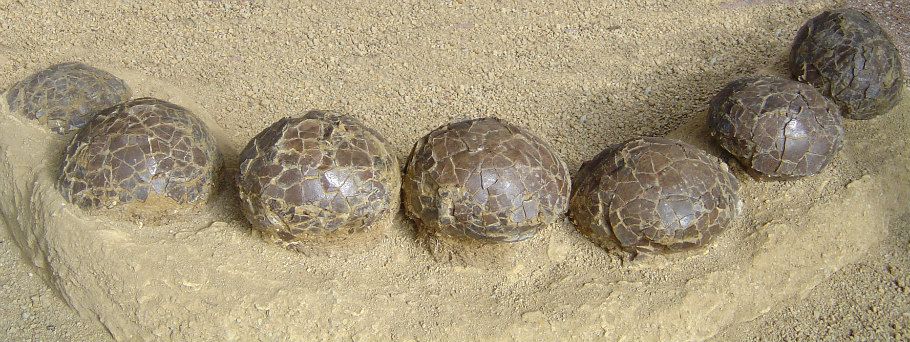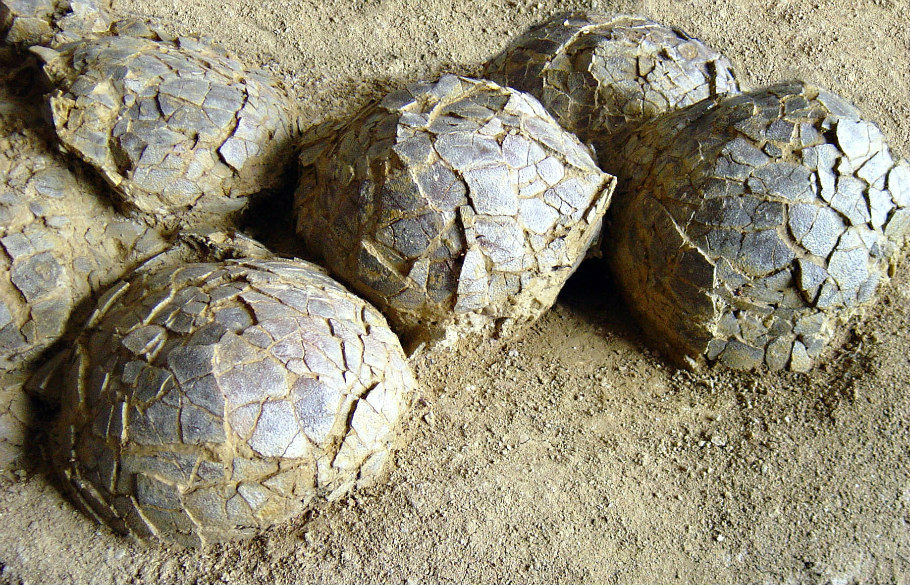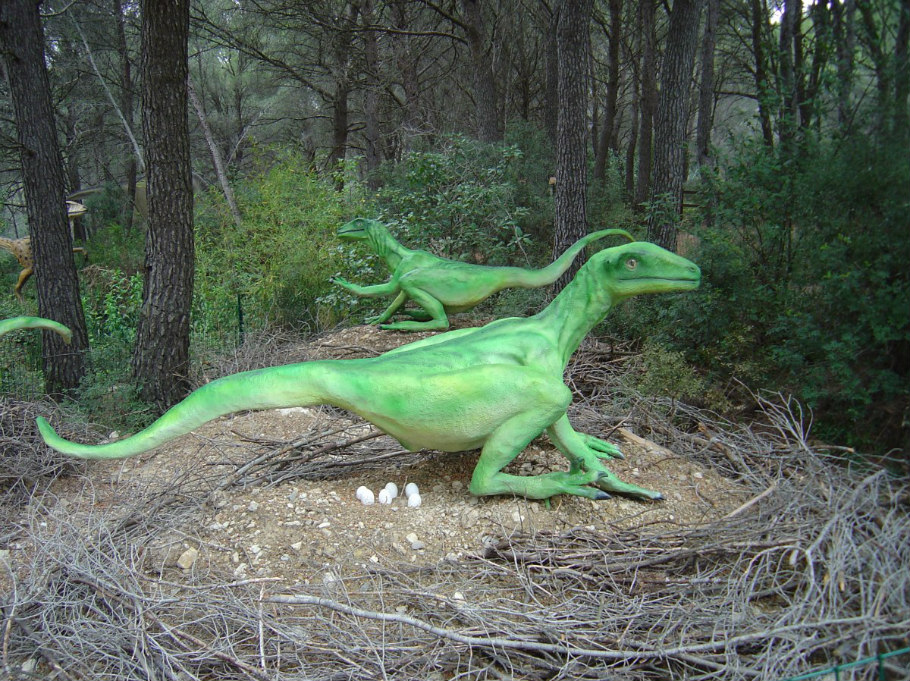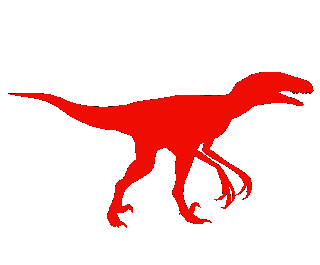
March 1996 : Discovery of the site, where a considerable number of dinosaur eggs and nests were found in situ, established that the area had been used for nearly ten million years (from 71 to 65 million years ago) by many different species of dinosaur.
Work by a number of researchers all over the world, including Mrs Vianey-Liaud of the Montpellier II University’s Institute of Science and Evolution, has succeeded in developing a parallel taxonomy (classification of the elements in a particular domain) whose use today enables dinosaurs’ eggs to be dealt with as a particular category of fossil in their own right.

February 1998 : Discovery of extensive fossil-bearing strata containing the remains of dinosaurs near their nests.
This impressive discovery could enable paleontologists to establish the different species of dinosaur that laid their eggs on the then Franco-Iberian island (today corresponding to southern France and northern Spain) at the end of the Cretaceous Period (67 million years ago).

June 1998 : Excavations within the Museum-Park brought to light the smallest egg in the world laid by a carnivorous dinosaur (68 million years ago): 7cm long and 4.5 cm in diameter (23/4 x 13/4 inches), it is called Prismatoolithus Caboti.

June 1999 : New discoveries were made in quick succession: in particular, the team from the Mèze Museum site and Montpellier II University discovered a new species of dinosaur:
ANYLOSAURUS – NODOSAURIDAE – STRUCTHIOSAURUS
A 3m (10ft) long four-footed herbivore (75 million years ago) from the Campanian Upper Cretaceous Stage: the dinosaur was discovered in grey marl corresponding to the bottom of a lake dating from the Upper Cretaceous. Its skeleton was found on a bed of plants, surrounded by various species of tortoise, crocodile and fish. The plentiful remains enabled the dinosaur to be reconstituted in full together with its skin of shield-like plates and the large spines on its back.
Previously, much larger eggs with similar prismatic shells had been discovered in Mongolia and the USA where they had been attributed to a carnivorous dinosaur called Troodon; scientists studying the Mèze site think that the egg could in fact belong to a small dinosaur of the Dromaeosauridae family only 1.5m to 2m long (5 ft to 71/2 ft)
